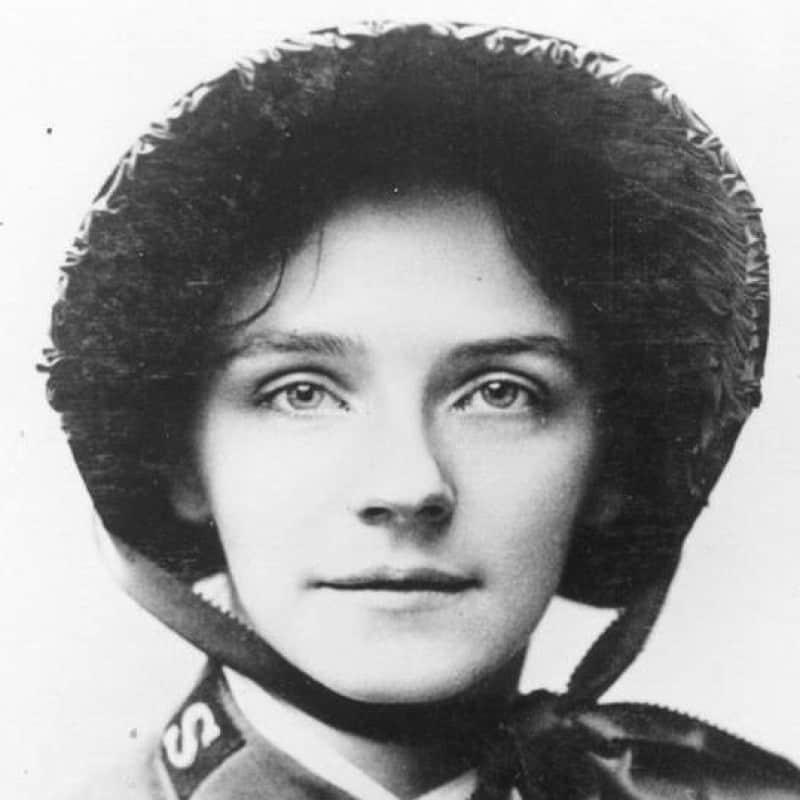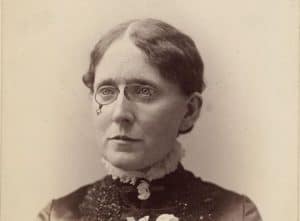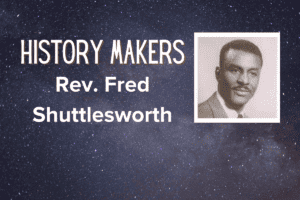 (1863-1932)
(1863-1932)
In September 1878 a 15-year-old girl boldly stepped forward to speak at an outdoor meeting of 5,000 “Salvationists” who had come from all corners of England to celebrate the establishment of the 35th Corps of the Salvation Army in Coventry. General William Booth, who was on hand as young Eliza Shirley gave testimony of her recent conversion, was so impressed that he delegated a corps leader to approach her about becoming a full-time Salvation Army evangelist. He had no idea that he would soon be giving his permission for this same young girl to carry his work across the Atlantic and that her fledgling efforts would be the beginning of an American branch that would someday boast over 3.5 million volunteers.
After interviewing with General Booth on that September weekend, Eliza Shirley was convinced that her future lay with his movement. Her parents agreed to let her join a corps in the coal mining town of Bishop Auckland, 185 miles from home, and within a few months the teenager had risen to the position of lieutenant.
Early in 1879 she received a letter from her father, telling her that he was seeking work in America. A skilled silk weaver by trade, he quickly gained employment in the Kensington section of Philadelphia and wrote to his wife and daughter, asking them to join him. Amos Shirley had worked as a part-time preacher in England and understood that his daughter would find it hard to leave her evangelistic work, but he managed to capture her interest with the suggestion that she bring the Salvation Army to American soil. “You have no idea of the great numbers of people here who never go to church,” he wrote.
With her customary boldness Eliza approached General Booth. He was not sure America was ripe for opening and at first resisted Eliza’s proposal. Finally he gave his blessing and told her that if she kept to Army principles and enjoyed some success he would send reinforcements later.
Traveling with her mother and 100 penny song books, Eliza set sail for Philadelphia in September 1879. By the time they arrived, Eliza’s mother had decided to join her daughter’s work, and the two women began searching out a home for the proposed Philadelphia Corps of the Salvation Army. Finally they found an abandoned chair factory, and the Shirleys soon had the building spruced up. They put up posters promising that “Two Hallelujah Females” would appear at an open-air meeting in a nearby vacant lot on October 5, 1879.
The ongoing legacy of Eliza Shirley: The mission of the Salvation Army USA is to feed, clothe, comfort, and care. They walk with the homeless, the addicted, the hungry and the lost. The Salvation Army operates 7,546 centers in communities across the United States. These include food distribution, disaster relief, rehabilitation centers, anti-human trafficking efforts, and a wealth of children’s programs.
The family’s early efforts drew only curiosity-seekers and troublemakers, but in November an act of providence (assisted by some delinquent boys) brought them their first success. As the Shirleys approached their vacant lot one evening, ready for another sparse crowd and the usual peltings with mud and rotten vegetables, they saw a glow in the sky, brought about by a tar-barrel fire the young rowdies had started. Attracted by the flames and the clang of fire trucks, hundreds of people thronged the lot, and the family seized the opportunity to evangelize. They swooped into the crowd, singing and preaching with great fervor, and in the excitement of the moment the worst inebriate in Kensington, a man named Reddy, came forward and asked if God would forgive a drunk like him. The Shirleys assured him of God’s forgiving heart and led him back to their meetinghouse, with the curious crowd following. Eliza then preached to Reddy and had him kneel and pray, after which he arose cold sober.
News of Reddy’s miraculous conversion appeared in the local newspapers, and from that moment on the Shirleys’ work took off. Amos Shirley, given a choice by his employer between his job and his Salvationist work, chose the Army, and Eliza put her parents in charge of the Kensington mission while she started a new station on the west side of Philadelphia. General Booth responded to the American success by promoting the Shirleys to captains and sending George Scott Railton from England to take charge of US operations. Eliza, still in her teens, was put in charge of a new station in the Germantown section of Philadelphia but by August had become so run down that she was sent back to England to recuperate. Despite her ill health, she was soon on a countrywide speaking tour, telling a fascinated English public about her American experiences.
In 1882 Eliza married a Salvation Army captain, Phillip Symmonds, and in 1885 the couple was sent back to America, where Captain Symmonds was made a divisional commander. Eliza was widowed early in life and left with small children, but she remained in Christian service for her remaining years, most of them spent with the Salvation Army.
~ Leslie Hammond


